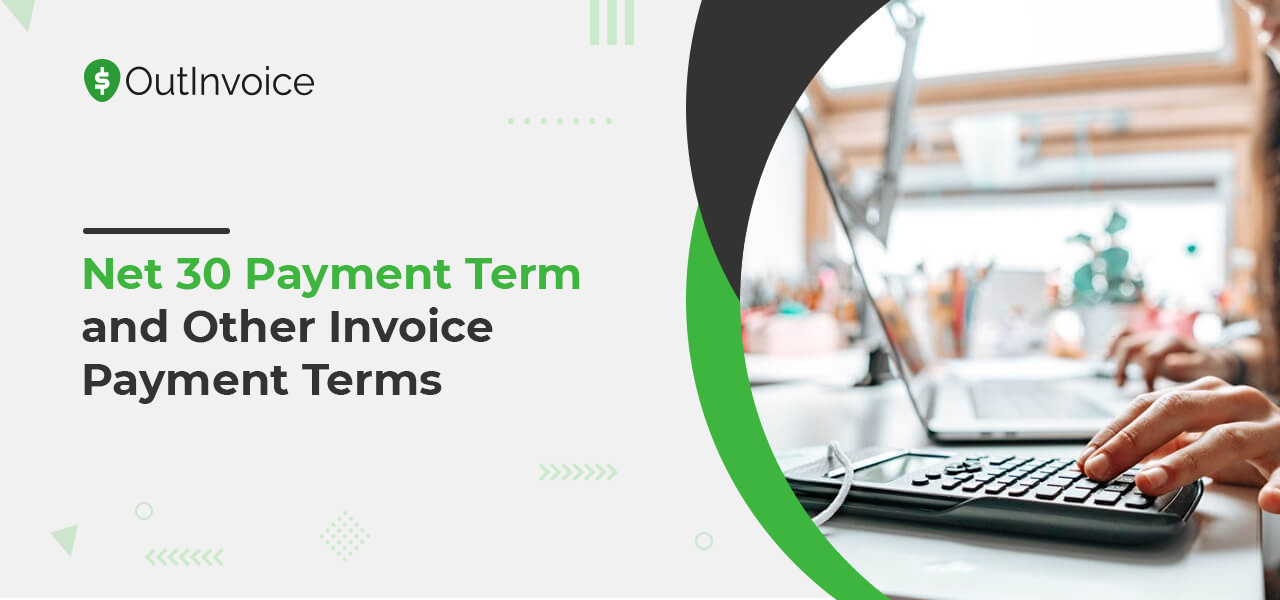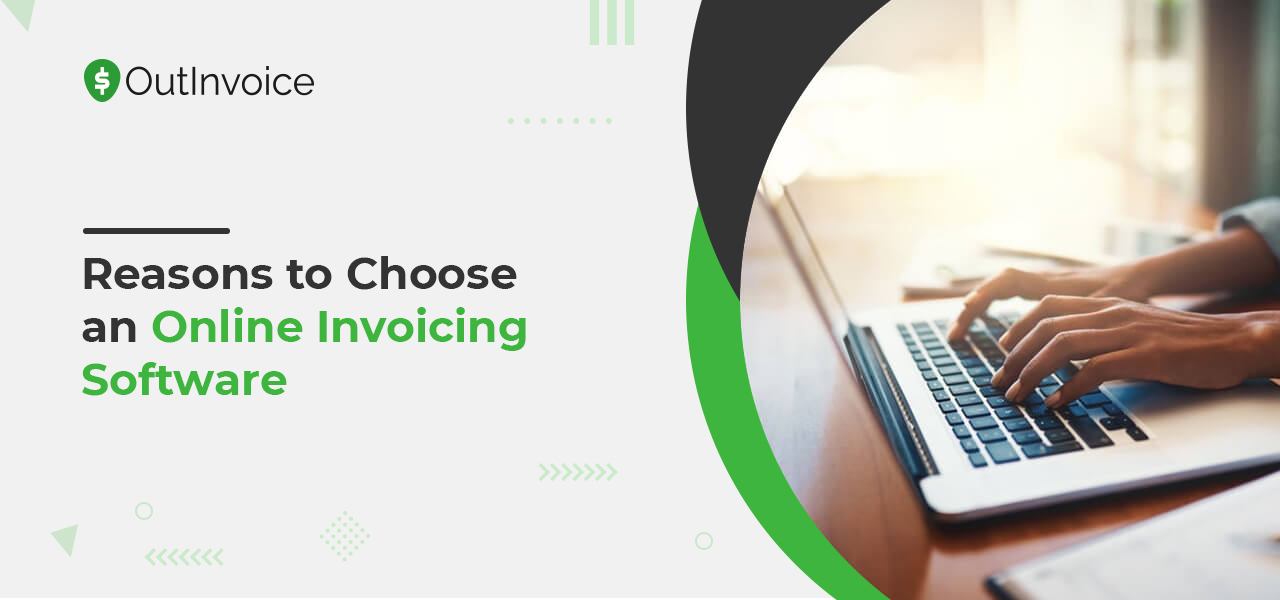
Net 30 Payment Term and Other Invoice Payment Terms
Not knowing business terms and policies will create trouble for both vendors and clients. Dealing with accounting language and their invoices can be difficult to understand.
The most common and widely used invoicing payment term is Net30. It is a widely accepted standard in many businesses. However, you must be aware of other invoicing and payment terms like Net 60, 1/10 Net(1/10,n/30), cash on delivery, and more.
Table of Contents
What is the Net 30 Payment Term in an Invoice?
Net 30 is common in the business world, which means the client has 30 days to pay an invoice.
Practically, a short-term credit that a vendor extends to the client is known as net 30. In this case, the service has already been completed, but the client has not paid yet.
The vendor does not ask immediately after completing work; instead, they give 30 days to pay. Within this period, the client has to make a payment.
Let’s explain with an example: you bought a beautiful dress from a shop, and instead of paying first, you convince him to pay after 30 days, or you go to a restaurant, make an order, and you forget to bring your purse and ask the owner to give 30 days to pay. However, this could not be easy as credit cards are accepted everywhere nowadays.
Advantages of Net 30
The benefits of net 30 are crystal clear. There are many advantages of net 30, but it obviously gives some relief to the client.
Net 30 credit sales are interest-free. Larger corporations offer a net 30 not to hold cash longer for accounting purposes. This will help to remove financial obligations and regulates cash flow.
Disadvantages of Net 30
The disadvantages of Net 30 payment terms based on business size :
Businesses like small, medium, and large set N 30 for their business as they have many resources and revenue streams, they have the capability to keep their clients on net 30 payment terms.
But for a small business and freelancer, net 30 can be a prison. Some might offer Net 30 as they have to pay invoices within 30 days to pay from the date of invoice received, whereas others may think it is from invoice date issued, while you may believe that it starts when the work is completed, or goods are delivered.
Also, if you are a freelancer, you might think that period begins after client invoices.
With short-term credit addition, small businesses and freelancers are at risk of not having adequate to hold invoices paid. This means that credit terms were extended for 30 days, and this is not sure, which may lead to 60 days, 90 days, or even a year. In this case, smaller businesses get into a trap for not having paid on time. Therefore, they need to collect unpaid invoices to maintain the cash flow of the business.
How to avoid Net 30 Problems
There are many ways to avoid the problems related to the net 30 payments.
1. Shorten the Payment Terms
The first thing to avoid Net 30 problems is to shorten the invoice payment terms. Do not set the payment options 15 to 21 days. This means that you are expecting money faster. It makes it more difficult and congested the room for the clients.
This is important to remember if you are in a competitive market, you are one of many vendors, and invoice payment terms might knock you out from the business.
2. Include Penalties
Sometimes clients may be rigid without including penalties. You have to make clear the penalties after the due date and late payment while making an invoice. It is a kind of late payment charge, increasing gradually if you could not pay on time.
3. Do not give Net 30 to New Clients
You do not know the behaviour and payment time, and procedure of the new client, so do not give Net 30 to the new client.
If you give them, Net 30 also check their history from other businesses. Ask for the upfront deposits before the goods or service is delivered.
Other Invoice Payment Terms are:
1. 2/10 Net 30 and Other Discounts
Trade Credit is above Net 30, where customers receive a percentage of discounts if they submit payments on time. If terms apply. For instance, if 2/10 Net 30 is written, if a customer pays within 10 days, they will receive a 2% discount. If they could not pay on time, they have to pay the invoice within 30 days.
When the credit term(net 30) is extended, it is normal that the company offers a discount to motivate clients to pay earlier. It is essential to have a timely payment as soon as possible. The company is willing to give a lower price to have cash speedily.
Hence, this discount helps both sides. It provides discounts to the client and speeds up the cash flow.
Let’s explain with the example if your company has a service of $10,000 and if your client pays the invoice within 10 days. He/ She will get the total amount is only $9,800 rather than $10000 because they got the discount of 2%.

Advantages of 2/10 Net 30
The advantage of 2/10 Net 30 is it offers a low price for the same product or service. The vendors will get invoices paid on time.
The supplier will get the invoice paid on time and helps the cash flow. The main disadvantages of the 2/10 Net 30 payment term are mainly for sellers as they provide discounts to the clients. They are killing 2% of their total amount as they are discounted. But it helps to create a faster payment.
It is difficult for smaller businesses as they do not have sufficient funds, and they could not fulfill the need for net 30 terms. This means that the payment term will be due as they could not fulfill funds.
2. Cash Invoice Terms
Cash invoice terms are another form that does not give credit terms to the client. In this case, they provide cash on delivery and pay on time. The different phases of cash invoice terms are:
Cash on Delivery

This is the type of invoice where the customer provides payments when goods or services are delivered. Goods are returned to the seller if the payment term is not made. In this case, cash or money is paid on the spot when service or goods are made.
This type of transaction is very popular in export/ import industries as it reduces fraud. The suppliers will receive payment as soon as the goods or service is delivered.
This is the type of invoice payment where the customer provides payments when goods or services are delivered. Goods are returned to the seller if payment is not made.
In this case, you can get your invoices paid faster when service or goods are delivered to the customers. This is the famous import/ export transaction method. The seller will get the payment only when the services or goods are delivered in this case. Customers can deny the product if they do not like it and return the goods.
The main advantages of cash on delivery are that it saves time as it minimizes the online scammers and does not create chances of late payment and pay the invoice.
Another best benefit is that clients can choose and inspect goods and decide if they want to pay for the product or not. It is also great for buyers to build confidence in the product and company.
Here no payment term is required upon ordering. Customers can refuse the product if they do not like it. It is great for a new business to establish itself on the market. It may be the best invoicing payment term for customers.
Cash on Delivery’s only disadvantages are making unwise purchases, and impulse buying leads to payment deferment and credit terms. There is a high risk of getting refused after a lot of work for the seller or vendors. Many costs are used in shipping and returned items, and receive payment is just a waste.
Advance Payment

Payment in advance, cash before shipment, and cash with an order are the types of transactions in cash in advance. In this case, clients have to make payment before goods are shipped.
These types of payments are very common in import/ export and online businesses like Amazon, and more, where customers make the payment before they receive goods and receive payment.
In this case, online payment, PayPal or credit card, and many other payment options can be used.
Payment in advance is a general term that is applied where orders are placed, but goods are not sent or shipped. It is referred to as cash before shipment.
On the other side, cash in advance is more common for online retailers. It is closer to cash with an order. Payment in advance means cash is due instantly when an order is placed. In reality, it is like a credit extension to the customer.
In this case, the customer should make the full payment before service is provided. It is riskier for the customer to make invoice payments on time.
There are no particular strong advantages of cash in advance. For the vendors or sellers, non-payment risk and a credit card are eliminated. This increases the cash flow and boosts business.
The main disadvantage is it isn’t reliable for customers as the payment has to be made earlier. It gives pressure to the customer to pay earlier before inspecting the quality or faults of the goods. It also creates cash flow problems in the import/export business.
Customers always prefer other payment methods rather than cash in advance, and it is difficult for sellers to remain in this competitive market with early payment without goods on hand.
3. Net 7
In this term, vendors or sellers give 7 days to make a payment without any interest. This is a non-standard extension that is short. This type of credit term helps sellers get paid on time, and clients are also benefitted as they get 7 days of extension without any interest.
4. Net 10
Here the seller gives credit terms to be paid within 10 days without any interest. This is a non-standard extension which is also short. For any client, this is also a short period for payment.
5. Net 30
In these terms, the customer has 30 days to pay from the date of invoice or when the services or goods are delivered. This is the most standard credit terms extension used by freelancers and small businesses. This is a long period for the customer to pay on time. However, before making such a huge extension, you should have a good relationship with the client. You should have a long history.
6. Net 60
Here the client has 60 days to pay in full to the seller. This payment term is very common in large businesses that have many different sources of revenue. In this case, the seller gets payment delayed by two months. It encourages a buyer to sell the product on time and pay the invoice.
7. Net 90
The buyer has a long way to make payment. The duration is about 90 days to pay. It is also without any interest. This is for a large business where the clients often delay revenue source, and clients are benefitted from this payment term as they have a lot of time to pay the invoice.
Like Net 60, it also encourages the buyer to sell the product as they have to make payment and give trade credit to the seller.
8. 1/10 Net 30
It is the discount terms for the early payment or pay on time. If a customer makes payment within 10 days to pay, they will get a 1% discount. If not possible within 10 days, the payment should be made within 30 days to pay the invoice.
9. 2/10 Net 30
This is the most common discount method adopted by businesses to get the payment as soon as possible. A customer will get a 2% discount if payment is made within 10 days in the total amount. However, payment should be made within 30 days to pay if it is not made within 10 days.
10. Cash Before Shipment
In this case, the transaction is made only after payment is made and after the order is placed. Here customers have a higher risk.
11. Cash with Order
In this payment term, payments are made even before the goods are even ordered. All the risk falls on the customer. It seems that all they care about is money. This might lead to losing clients or customers.
Conclusion
Above mentioned payment terms can be essential for your business, depending on the transaction methods they choose. All these are not mandatory depending on your business and the transaction method you choose.
Of course, It is not good for small businesses if the cash flow gets delayed as they basically depend on the sale of an item and make another purchase. Cash in advance is best suited for small businesses as early payment will increase the cash flow.
While giving a Net 30 credit terms, you should look for company structure, revenue streams, and cash flow. However, it provides some relaxation to the buyer for a certain time to think about refunds.



